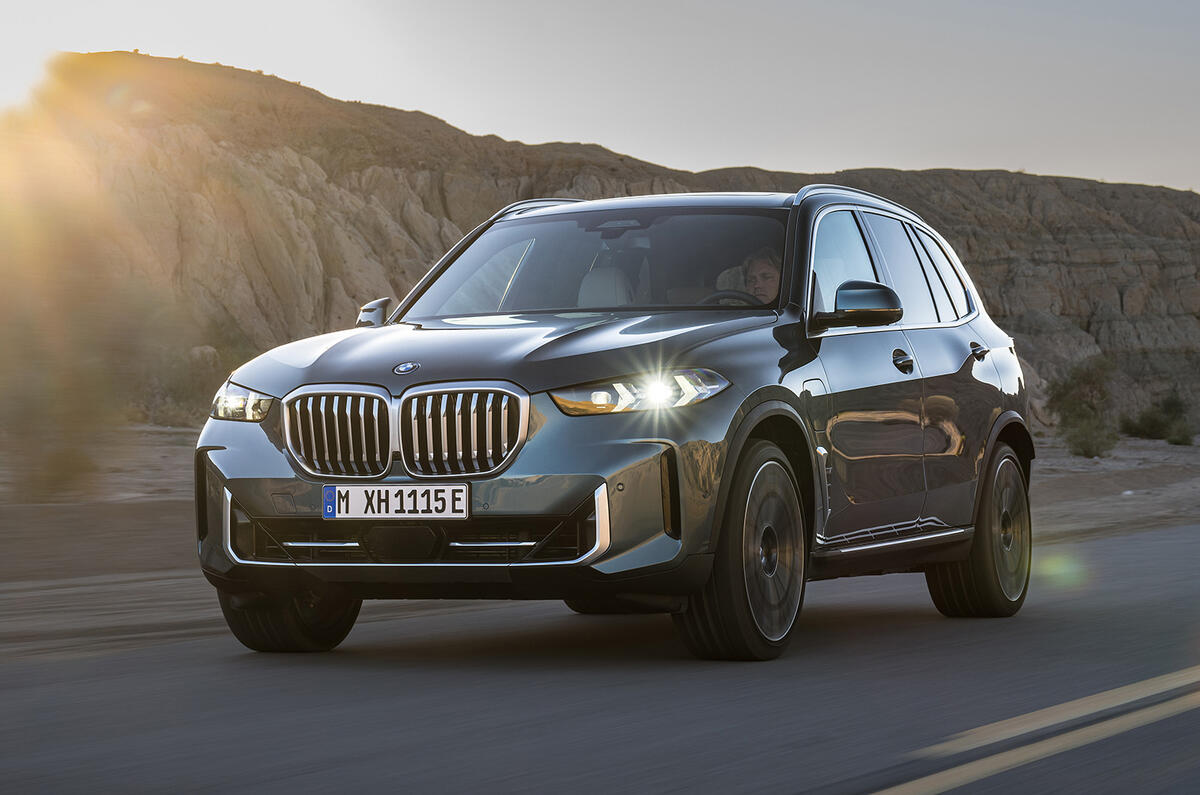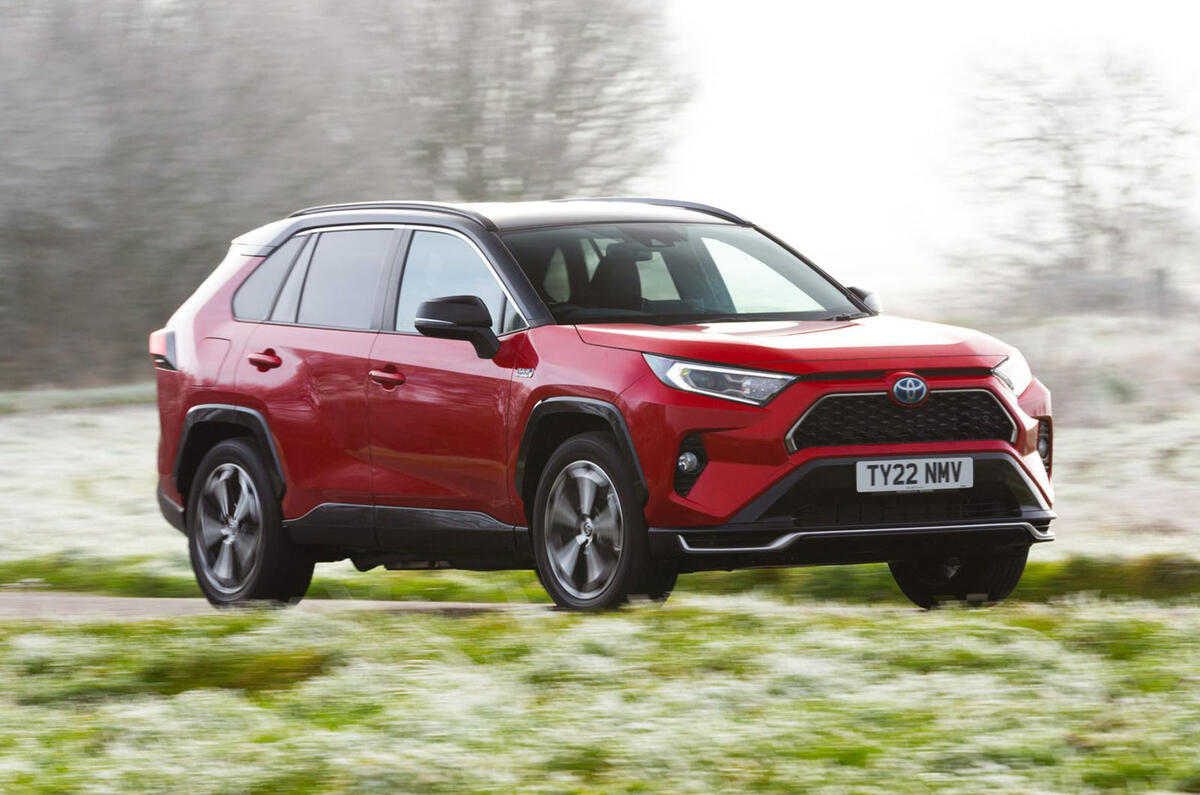Could the plug-in hybrid be about to experience a boost in popularity? For a while these ‘best of both worlds’ machines were seen as the next big thing, but the UK Government’s decision to cancel all financial grants for these pricey models saw sales slump as buyers looked to either petrol or diesel models, or still-subsidised EVs. PHEVs were dealt a further blow when the EU announced a wholesale ban on all ICE cars from 2030.
And yet there’s a growing sense that these petrol-electric models could be back in the frame for sales success. Why? Well, for starters there’s increasing consumer disquiet about the 2030 legislation, a mood that could force the powers-that-be to perform a swift U-turn. Moreover, quite a few observers have noticed that the proposed rules are a little vague, suggesting only that a vehicle can travel ‘a significant distance’ in zero-emissions-at-the-tailpipe EV mode. How far is that then? Who knows. But with many PHEVs comfortably able to travel more than 40 miles on a charge, which is far in excess of most drivers daily needs, there could be a reprieve on the cards.
For many, that will be a very good thing, because for most people most of the time the PHEV makes a lot of sense. For commuting and most running around there’s a very usable range, while any trips further afield can be made without having to rely on an EV charging network that’s still in its infancy. And while these petrol-electric models are still expensive to buy, they continue to attract preferential Benefit-in-Kind taxation rates for company car drivers, which usually makes them a far more wallet-friendly alternative to traditional motors. In fact, it's in the context of the corporate car park that these bi-fuel models make the most sense as the will all help their users save a packet when it comes to tax.
Finally, plug-in powertrains do make a lot of sense when they’re installed in SUV models, where the bulk of the battery and extra electric motors can usually be accommodated without any loss in space and practicality. And because these off-road flavoured machines continue to be hugely popular with buyers, there’s a wide choice of contenders, from relatively affordable compact crossovers to high priced and higher performance luxury machines.
So without further ado, here are our top 10 hybrid SUVs of 2023 so far.
1. BMW X5 xDrive50e
A refreshed version of the BMW X5 has just landed in showrooms, but as before the star attraction of the plug-in version is its creamy smooth 3.0-litre straight-six, which works in tandem with an electric motor to give both a startling turn of speed and surprisingly running costs. Given its head, this combination musters an impressive 485bhp, while the electric motor has enough urge to make the car feel brisk enough while mooching around. Speaking of which, thanks an enlarged 25.7kWh battery the X5 can travel on pure electricity for up to 66 miles, which is both nifty and allows the car to qualify for the UK government's 8% BIK tax bracket.


































Join the debate
Add your comment
Oh dear, PHEVs - where to start? Two main issues for me
1. should always, always, have had their emissions based on a combination of battery full and battery empty. Stop manufacturers taking the p!ss by managing to package a big battery with a turbo V8 and this be considered an eco car. Whereas a smaller, lighter car can't fit a big enough battery to be able to achieve the required EV only range. Utter nonsense
2. neighbour has a Mercedes C350e, 7 years old and 35k mileage and worth £13.5k trade in if working. A failure of the high voltage battery has left her with no choice but to pay a £9k (!) replacement cost otherwise the car won't move and has no value. So we're going to start writing off cars when they're worth £9k are we?
For someone who typically owns cars 7-12yrs old I'll be avoiding PHEVs for as long as possible. The paltry fuel savings are completely offset by battery replacement costs or insurance to cover you against it happening
these are all PHEVs, is that the only type of Hybrid?
They can easily cheat their emissions tests in the real world. These are heavy cars often not being charged by the user.
Why not include a FHEV or 2 to mix it up?